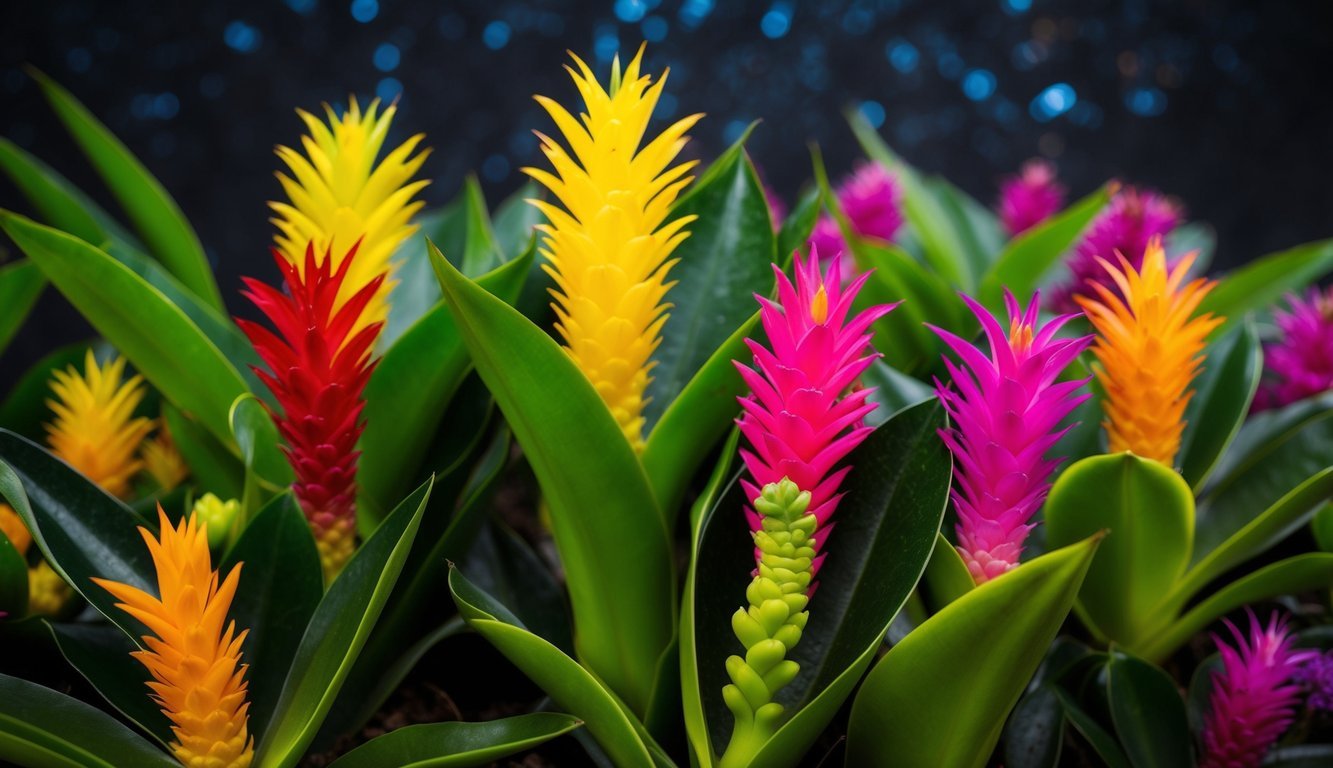
The Blooming Cycle of Bromeliads
Bromeliads are celebrated for their captivating flowers, ranging from the striking spikes of the flaming sword (Vriesea spp.) to the colorful clusters of tufted air plants (Guzmania spp.).
After witnessing a single bloom, many enthusiasts find themselves yearning for more.
If you’re aiming to encourage your bromeliads to bloom again, it’s important to grasp their unique characteristics.
The reality, however, can be a bit disappointing: many bromeliads are monocarpic, which means they only flower once in their entire lifespan before they die.
The upside? These stunning plants often produce offsets, known as pups, which can be nurtured to grow new specimens.
Fortunately, certain bromeliad varieties can bloom multiple times with the right care.
In this guide, we’ll dive into which types can rebloom, the best ways to encourage them, and what to do with those that cannot.
Can Bromeliads Bloom Again?
For those who own a monocarpic bromeliad, be aware that it won’t produce additional blooms, no matter what you do.
The silver lining is that you can care for the pups generated after the parent plant’s flowering phase.
As the original plant begins to fade, it will create offsets that are genetically identical, eventually maturing and flowering on their own.
If you have a polycarpic bromeliad, encouraging reblooming is possible.
Start by pruning off any faded flower stalks and applying a balanced, mild fertilizer.
For indoor plants, exposing them to slightly cooler temperatures for a short period can kickstart the blooming process.
The good news is that polycarpic bromeliads are likely to bloom again naturally, requiring minimal intervention.
Making the Most of Your Bromeliads
While many bromeliads in the Bromeliaceae family may bloom only once, they can still bring life and color to your garden over time through the offsets they produce.
Even though these plants don’t traditionally rebloom, they can still thrive and offer blooms for an extended period thanks to their pups.
What varieties of bromeliads are you nurturing? Are you struggling to encourage offsets from your monocarpic variety, or is your polycarpic plant being reluctant to bloom again? We invite you to share your experiences in the comments—let’s work together to solve any challenges you face!
Source: Gardenerspath

